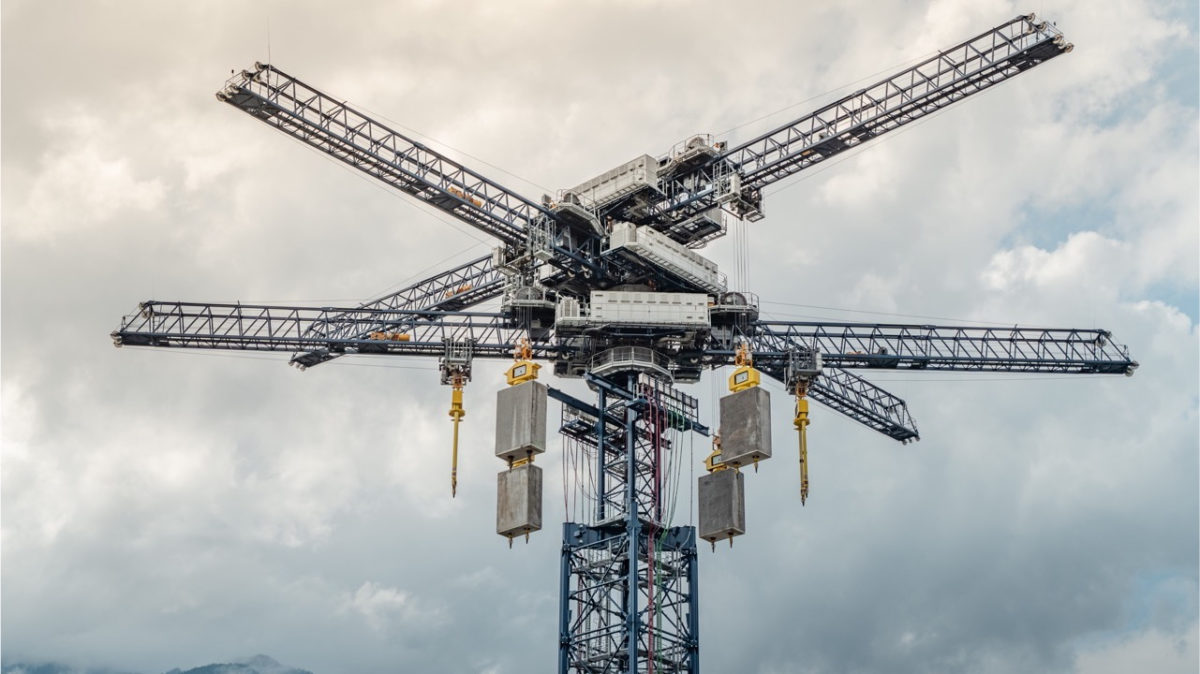MontyFloyd
Member
That is a nightmare Rubegoldbergian design, I am totally opposed to that.
Watch: Gravity-based renewable energy storage tower for grid-scale operations
Energy Vault secured $100 million in Series C funding for its EVx tower, which stores gravitational potential energy for grid dispatch.pv-magazine-usa.com
The company said the EVx tower features 80-85% round-trip efficiency and over 35 years of technical life. It has a scalable modular design up to multiple gigawatt-hours in storage capacity.
The company said its technology can economically serve both higher power/shorter duration applications with ancillary services from 2 to 4 hours and can also scale to serve longer-duration requirements from 5 to 24 hours or more.
A basic elevated mass in shaft is thousand times better.

Prototype gravity-based energy storage system begins construction
As renewable energy generation grows, so does the need for new storage methods that can be used at times when the Sun isn’t shining or the wind isn’t blowing. A Scottish company called Gravitricity has now broken ground on a demonstrator facility for a creative new system that stores energy in the…
It is effectively an elevator, dirt cheap technology.





